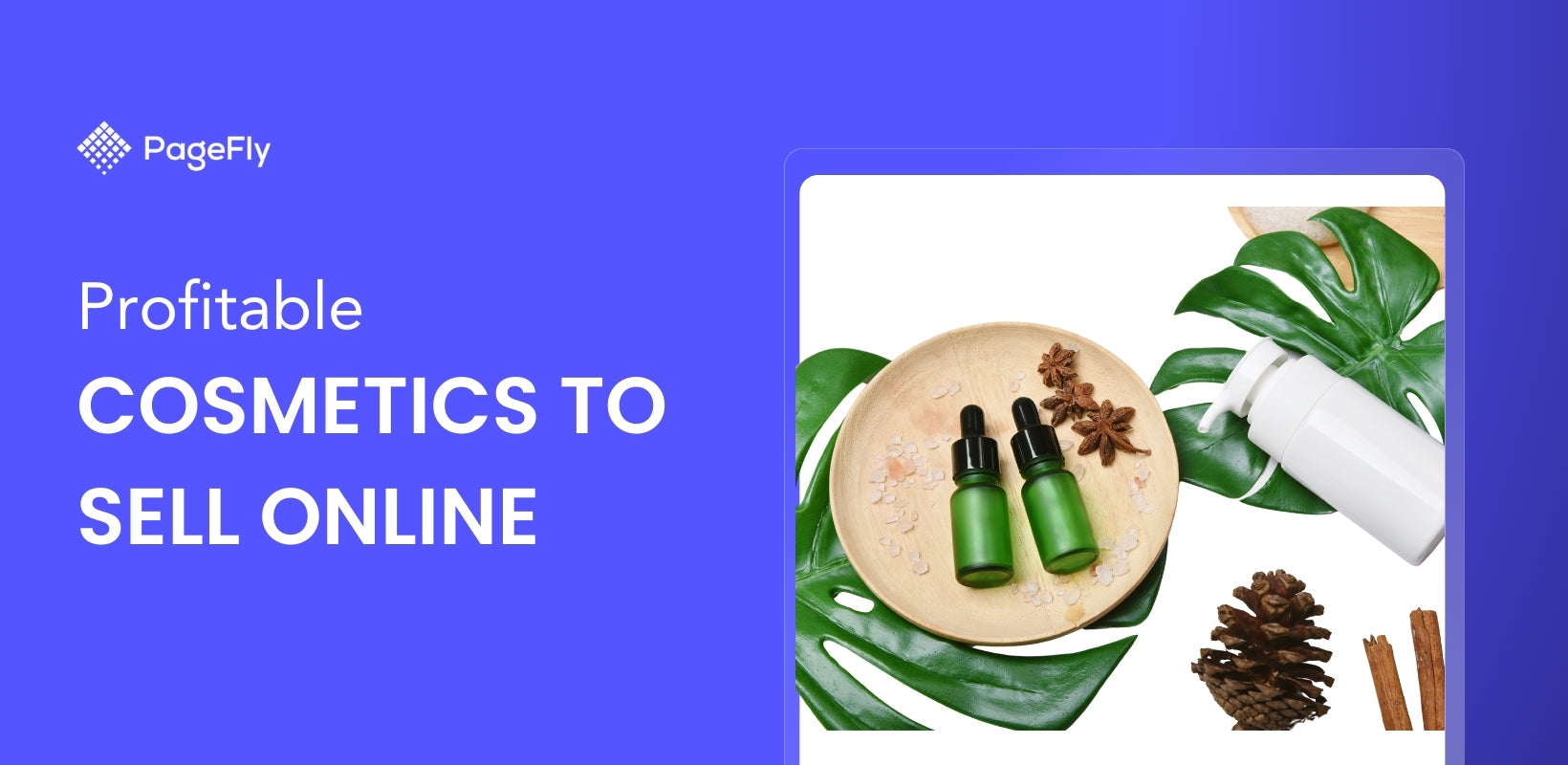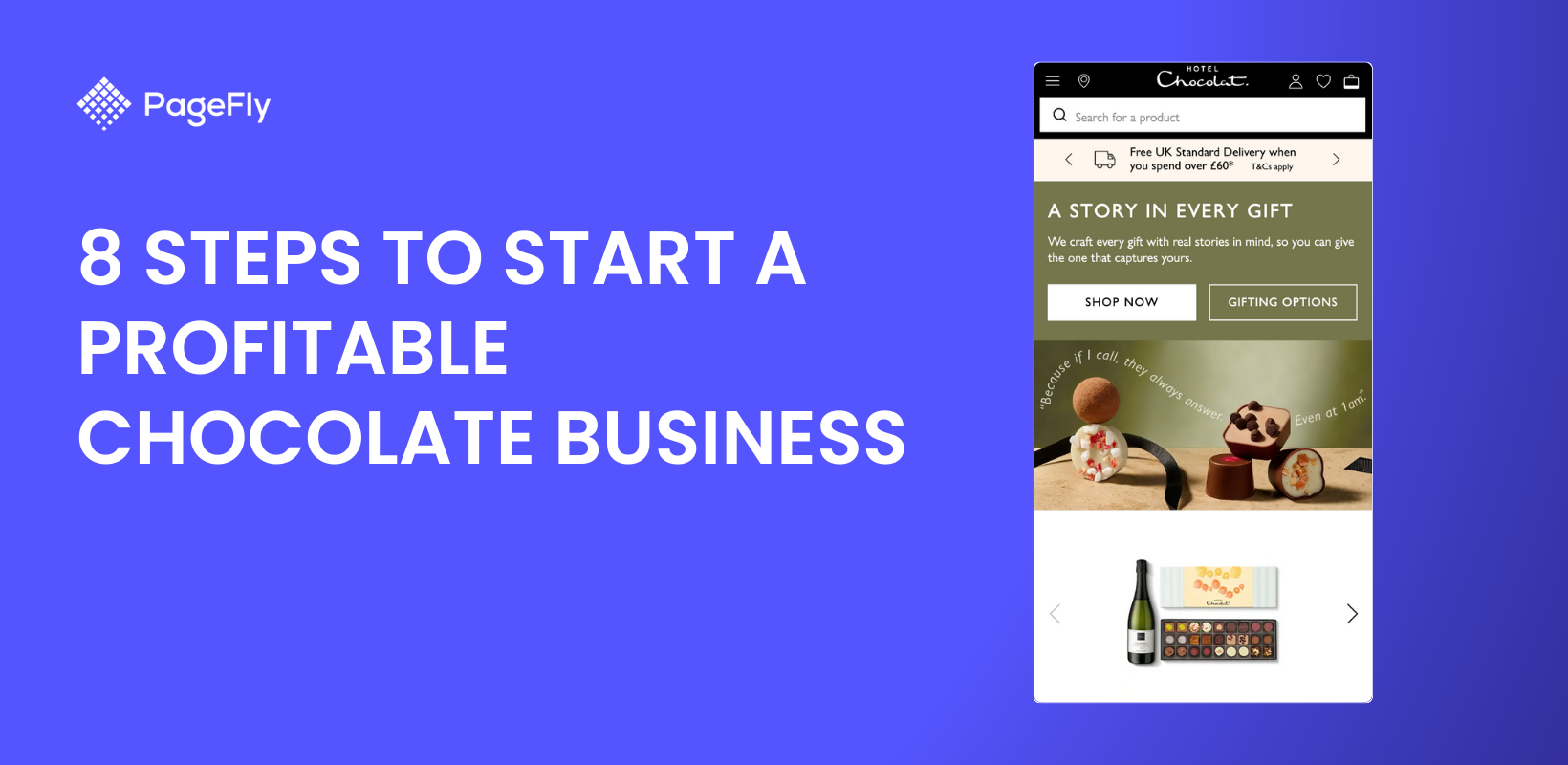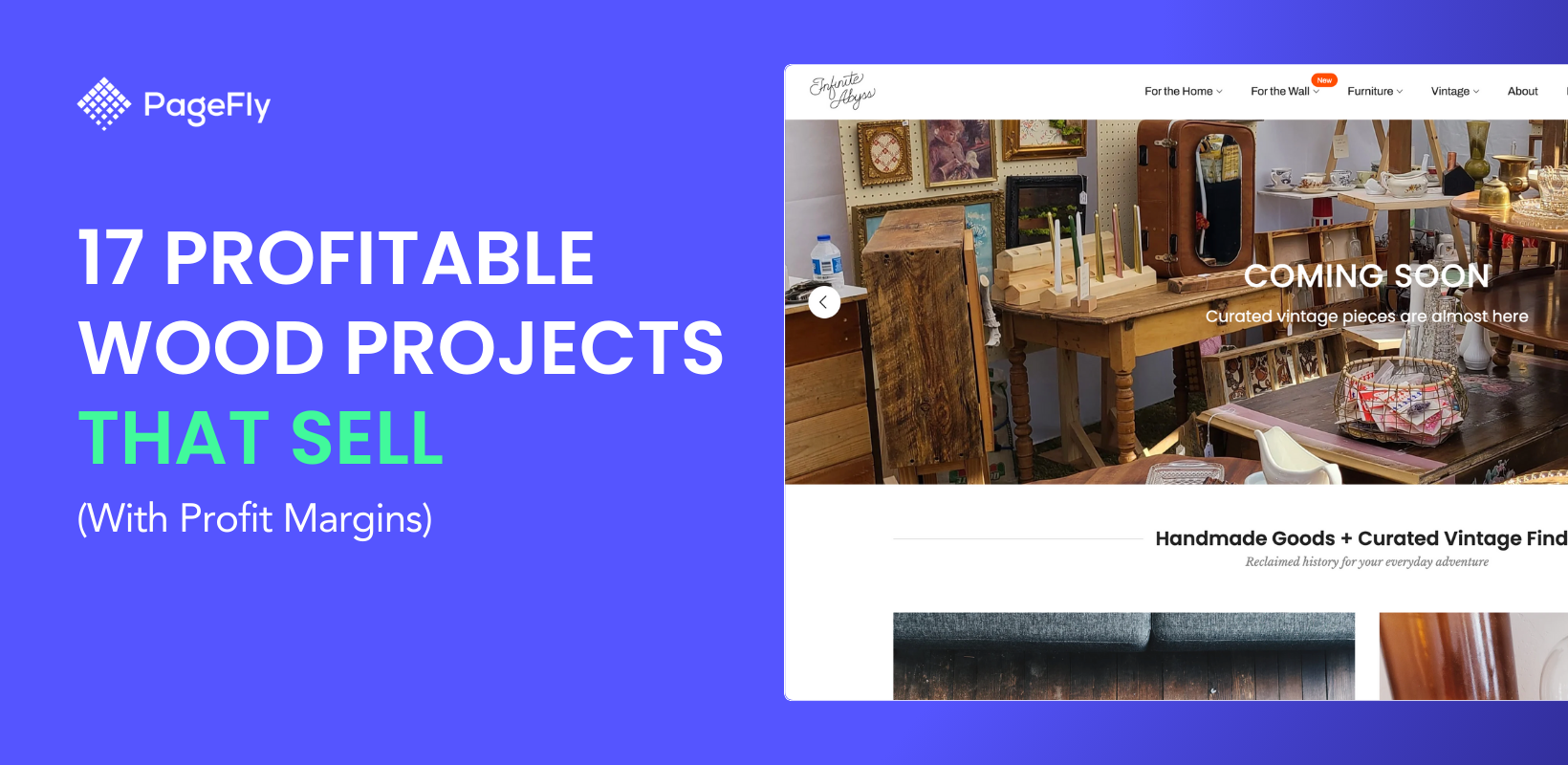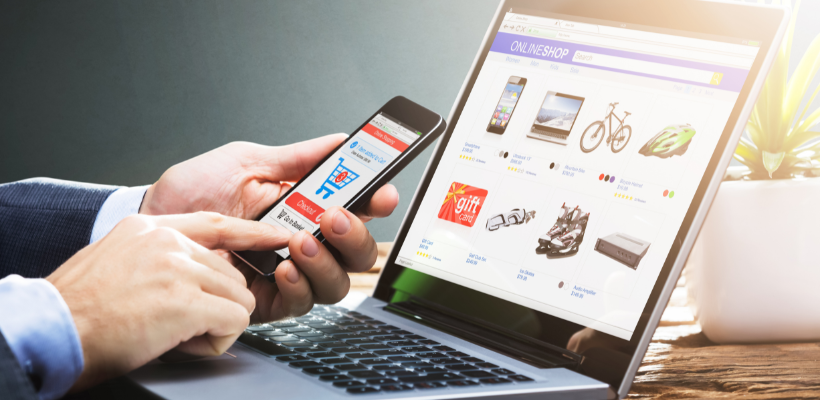We have come a long way from the invention of the printing press in the mid-15th century and Johannes Gutenberg’s original wooden contraption. Today, the process of printing is far more efficient and cost-effective. In recent years, print-on-demand companies have been gaining traction, providing small businesses the opportunity to quickly produce customized, high-quality printed products.
The concept of print-on-demand companies is simple and usually follows the dropshipping method - customers choose from your shop’s catalog for products they require, which are then printed, packaged, and shipped through a third-party print provider, requiring little to no effort on the customer’s, or your part! Every step after the purchase has taken place is handled by a third party. It is an extremely cost and time-effective solution that allows you to focus more of your resources on marketing, customer service, and product design, instead of having to deal with the nitty-gritty of warehousing, shipping costs optimization, and excess inventory.
The first step to outsourcing printing for your print-on-demand company is selecting a reliable printing partner. There are two types of partners you can choose from, depending on whether you want to run your own website or use third-party marketplaces.
Print-on-demand marketplaces
These come in useful when you don’t want to build up your own store website and instead use platforms with an already existing customer base. Print-on-demand marketplaces such as Redbubble, Zazzle, and Society6 allow entrepreneurs to access their platform to upload, customize and sell their products, and the process of printing products and shipping them is handled by the marketplace.
Print-on-demand services
When you already have a website of your own and a strong customer base, print-on-demand services such as Printify, Modalyst, and Printful allow you to outsource tasks such as digital printing services, warehousing, and shipping. A benefit of these over marketplaces is that you don’t face any competition from other stores on your website, unlike in a marketplace where multiple online stores compete to sell their products.
Running a print-on-demand company offers a lot of benefits, the biggest one being that you don’t need to worry about keeping excess inventory and risking the chances of large stocks of unsold products. Instead, only once an order has been placed does printing take place.
Another benefit compared to traditional business models, which often require high initial investments in facilities, materials, labor, and warehousing is that running a print-on-demand business is relatively inexpensive, and ideal if you’re looking to start a business with minimal investments. It is also a convenient way for you to experiment with the newest trends without a huge financial burden.
However, there are also some important drawbacks to keep in mind before starting a POD business. If you’re outsourcing printing, you don’t have control over the print quality. Finding a high-quality printing partner is crucial to ensuring that your customers don’t receive substandard products. Moreover, because the latter half of the sale is not carried out by your store, you don’t have control over whether products are being packaged carefully and sent out on time. POD can also be a lengthy and time-consuming process compared to traditional stores, as products are only printed after the order has already been placed.
Despite these drawbacks, print-on-demand stores have continued to grow over the last decade. This growth is largely attributed to the ease of ordering online and the ability to customize POD products. In fact, 36% of customers expect some sort of product customization by default, and 2 in 10 customers are willing to pay 20% extra for such products. The global POD market was worth $4.9 billion in 2021, with a CAGR of 26.1% till 2030- an ideal model, with significant profit margins and chances of repeat business.

Custom apparel accounts for the majority of the POD market, with t-shirts being the most popular items, with a value of $3.64 billion in 2020, and its global market is expected to cross$10 billion by 2025. Other popular products are phone cases, posters, stickers, and mugs.

Ideal Products to Sell for a POD Business Model

When considering what products to offer for a print-on-demand business, one popular and versatile product to offer is t-shirts. T-shirts are widely recognized as a fashion staple and come in a variety of styles and sizes, making them ideal candidates for customizability. One store that has made an impression in the POD industry by selling customized t-shirts is France-based T-POP. The brand is known to produce eco-friendly print on demand tees, and has a global presence, especially in the entire EU.
Another ideal product to sell is mugs. Whether it is for a utility or for display, mugs make great gifts and items for sale. Additionally, mugs can be personalized with a customer's name, message, or quote.
Custom posters are also ideal for a print-on-demand business. Posters can be printed with artwork, customers’ favorite quotes, and statements about modern events.

Other items to consider include tote bags, stickers, and notebooks. Tote bags provide businesses with a great way to market their brand and can even be used as giveaway items. Stickers can be used to customize laptops and cars, while notebooks are advantageous when sold during the back-to-school season.
No matter which products you choose for your store, it is important to keep in mind the customer you are targeting and design your product in a way that caters to their needs. To stand out from the crowd, it is important to create unique designs, while also ensuring that they speak to the branding of your business. In a nutshell, you need to be mindful of the following points before going online with your POD business:
- Specify your vertical: Here, answer the ‘what’ of your business- the product you are going to sell, why you picked one, or two, or three product set, the profit margin earned through individual catalogs, and ways to present them over to your clients. Do all the market research at this stage.
- Design your store: Are you going to sell online or offline? Which platforms should you target to sell your products? Is having just an online store on your website enough or do you need to diversify your sources to attract more clients? Answer all of these questions before going into details about how your store is going to look like.
- Figure out your raw materials and way to procure them: Which seller will work out for you? See if you need any additional help with designs and operations- the two main pillars of your POD business. Calculate the margin, cost, and selling price at this stage. It is also advisable to have a glimpse of how your competitors are growing, and their trajectory when they were nascent, just like you are right now. CustomCat has had an inspiring journey, right from its inception from a small storehouse to building a cross-cultural team and eliminating the supply bottlenecks of POD niches.
- As the last step, look into the nitty gritty of your store: the color combination on your website, how your name resonates with the overall aesthetics and vibe of the store, the marketing channels to be used so your product reaches an audience, website-text-product and image positioning, and much more.
- Optimize your online store, make it SEO-centric, and ensure all your products have images and title tags and start telling the world!
Checklist for starting your print-on-demand company
Worried about the endless things you need to account for before setting up your store? Well, you needn’t worry anymore, as here is a checklist of the most essential things to keep in mind:
Print quality and customization options
The ability to create customized, high-quality prints is one of the key advantages that this industry offers. As such, it is important for print-on-demand businesses to put a strong focus on achieving the highest print quality possible, and providing maximum customizability.
At the basic level, ensuring the highest possible print quality involves using the right equipment and materials. If your production is outsourced, a consistent quality control check is essential for ensuring that your customers are receiving the best products possible.
For businesses looking to stand out in the print-on-demand market, customization is essential. Whether it’s clothing, vinyl wall art, or mugs, customized elements help make the product an expression of the buyer’s own style, taste, and personality, and businesses are able to tap into a previously untapped audience that values their own individuality and creativity
Online availability of your store
With the integration of digital technologies, businesses are able to access and tap into a global marketplace and reach out to potential customers around the world. Having an online store is also essential for your POD business to streamline operations and achieve maximum efficiency. It’ll also allow you to launch a design quickly and efficiently, making it easier to test out newer products and services.
Clarity on shipping charges
Creating a shipping policy that is clear, concise, and up-front will be the best way to build trust and keep customers informed. All factors related to shipping costs, time frames, and fees for taxes, duties, and customs should be explained with clarity. This is especially important for POD stores as you don’t have control over shipments and packaging.
Availability of fulfillment centers
Before outsourcing production, ensure that the third party has an adequate fulfillment center with access to the right kinds of processes and materials needed for your brand. Fulfillment centers are an important tool to reduce bottlenecks in the production process, as well as cutting costs associated with shipping and returns.
Product catalog

Providing customers with a well-defined product catalog that includes all the needed information regarding the products and services offered not only makes the ordering process a breeze but also increases the company’s visibility, by putting the right products in front of the right people, hence building awareness of the brand.

Design tools
Design tools are an integral part of any POD business. The right design tools simplify the intricate and technological aspects of producing personalized products, reducing the risk of error, determining correct proportions, and making the process much more efficient. If you are not a graphic master, then start with Canva to design your products. Canva already comes with pre-defined templates with specific use cases, making it quite beginner-friendly. Once you are advancing your graphic designing skills, switch to Adobe Illustrator, with help from Figma, and Pexel.
Best Print on Demand Platforms to Sell Your POD Products
If you don’t yet have a website for your store, you can either create one easily or use an online marketplace to sell your products. There are many platforms that allow you to do this swiftly and easily.
Shopify

One of the major benefits of using Shopify is the ease of building up and designing your online store, which can be a time-saver for those just getting started in the world of e-commerce. You also gain access to its App Store, which features over 2,500 different plugins to further enhance your store.
However, it is not the most cost-effective option if you’re looking to keep your investments low, as the platform itself is quite expensive, and additional services will cost even more. Further, If your store relies on more custom features to manage orders, as most POD stores do, it does not provide as robust of an order management system. The print on demand industry is lucrative, and at the same time offers stiff competition, with tight entry barriers. It's always better to have a third-party platform like Shopify to sell online, and not just rely on offline retail channels, or your own website. Sell t-shirts, art prints, phone cases, and even your own designs hassle-free with Shopify!
Amazon
Amazon’s print-on-demand offering has become increasingly popular due to its ease of use, low cost of entry, and integrated system for reaching customers, and access to international shipping. It provides access to a range of printing services, such as apparel, books, stationery, and more. Amazon also has a huge customer base, meaning businesses have access to a huge market.
One of the main disadvantages is the competition, as Amazon is home to a lot of businesses, making it difficult to stand out as customers have one too many choices. Moreover, Amazon takes care of everything, right from shipping and fulfillment costs, to direct garment printing.
Wix
Wix is one of the major ecommerce platforms to grow your print on demand company. The primary benefit of using Wix for a print-on-demand business is that its plans start from a free one and range upwards, so those who want to test the waters can do so easily. Additionally, its designer templates allow beginners to create attractive e-commerce stores without requiring many technical skills. Wix also offers robust analytics, which can be especially beneficial for POD businesses to monitor the performance of different customized products.
However, many of its features are preset and cannot be changed, which can be a hassle if you require greater customization. Moreover, you can only have 5 products on a free plan, which is a major obstacle for POD businesses due to the variety of customized goods they usually offer.
Best Print On Demand Companies To Watch For In 2023
Printful

The printing company offers a wide range of customizable options, including full-color prints, embroidery, cut-and-sew fabrics, screen-printed graphics & customized labels, and also offers you a storefront. Printing, packing, and shipping can take between 5-10 business days. Shipping details for all products and regions can be found here.
Apliiq Dropship

This POD service allows businesses to create a variety of customized products, whether it be a custom t-shirt, a unique logo design or a one-off business card. It doesn’t charge a monthly fee, and only requires payment after an order has been placed. The shipping fee is decided by the weight of the product, and it offers free shipping for sample and bulk orders over $100 in the USA.
Printify

Printify uses high-grade printing processes, allowing businesses to achieve professional quality results for their custom products. It also allows you to choose from various printing sites worldwide. It has a flexible monthly plan which is free for startups, and they only need to pay once an order has been placed.
Redbubble

This marketplace works with third-party printers to make your products reach customers around the world, and is especially suited for independent artists looking to sell merchandise. It charges a base price that is determined by delivery location and 3rd party costs, on top of which you can add an artist margin between 10-30% of the retail price.
Teelaunch

Teelaunch allows you to design merchandise with the tools it provides, after which it utilizes the direct-to-garment printing method to make your customized look come to life. The garment takes about 10 days to reach the customer once the order is placed. It costs between $11-15 for long sleeve t-shirts and $5 for mugs.
Parting Note
As a parting note, here are a few last tips to keep in mind. Constantly monitor the performance of your store, analyze each product to see which items are selling well and which aren't, and stay up to date with trends. Research the competition. Knowing what products are available, who’s selling them, and what prices they’re offering is key to setting yourself apart from the competition.
Make customer service a priority. Great customer service is key to a successful business, and this is particularly true with a print-on-demand store.
Find your print on demand partner today and start selling!




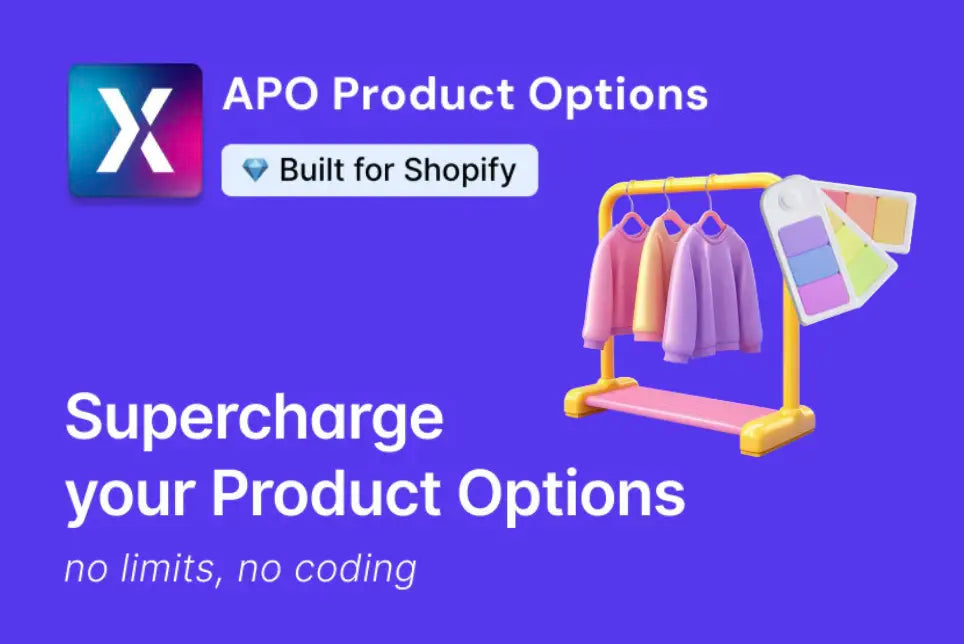
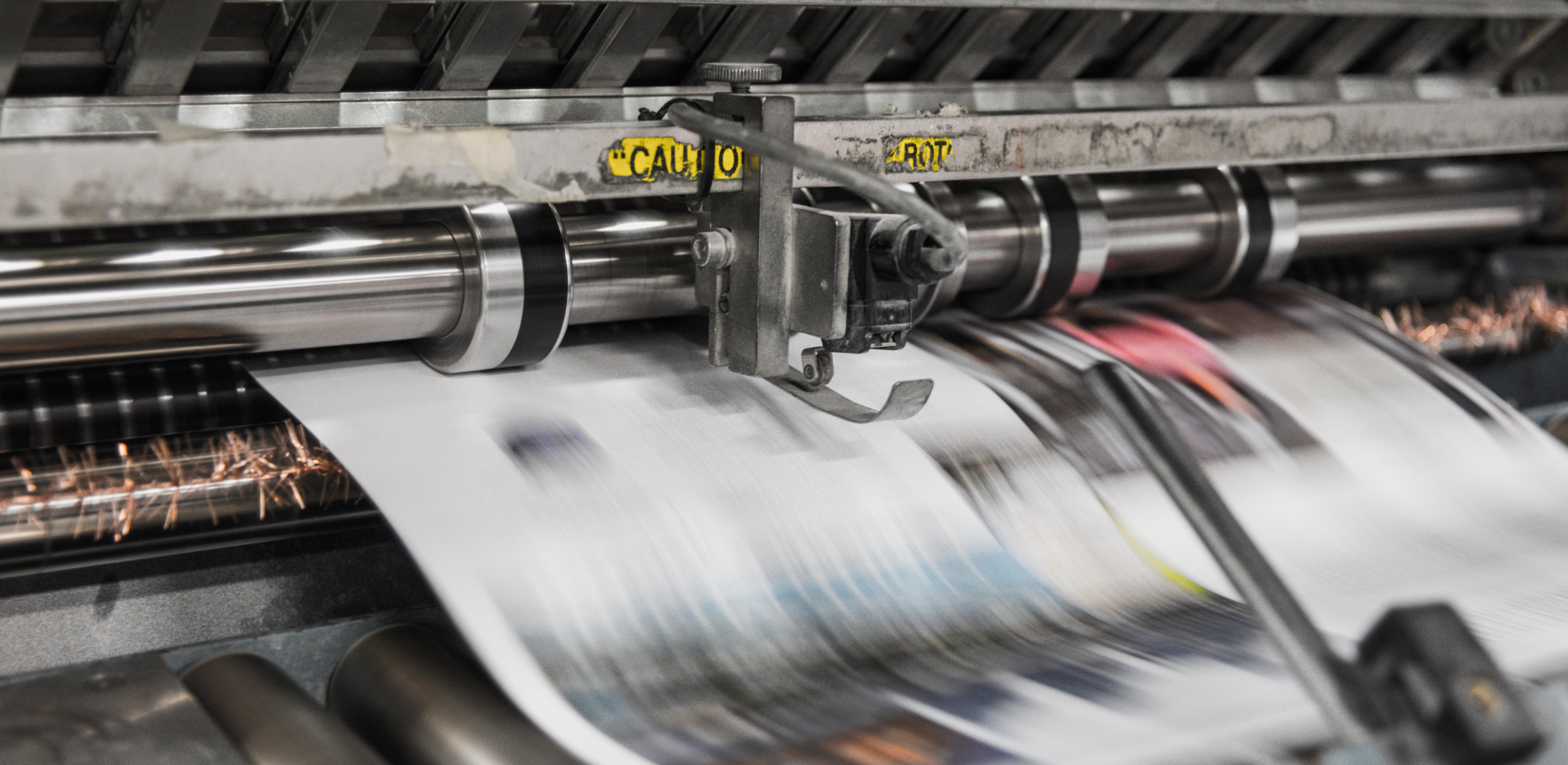

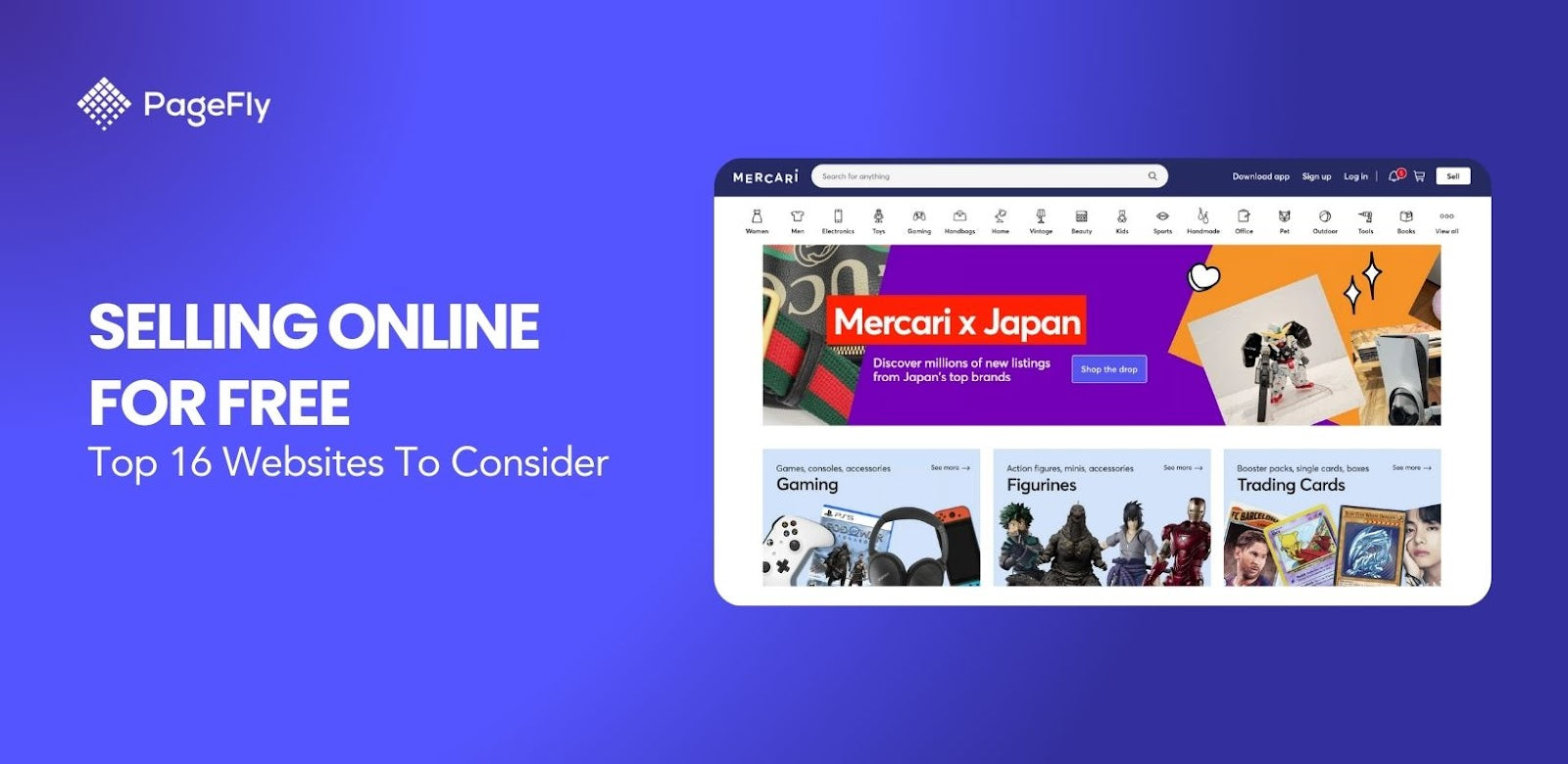

![14 Profitable Small Food Business Ideas for 2025 [Real Numbers]](http://pagefly.io/cdn/shop/articles/1_58b587d2-13db-4aa6-8c19-e40f5c88d3eb.jpg?v=1758255771&width=4460)
![Art Business Names: 350+ Ideas + Free Generator [2025 Updated]](http://pagefly.io/cdn/shop/articles/art_business_name_e94a54e9-d325-4ba3-94ab-7b4297952312.png?v=1760062968&width=1640)
